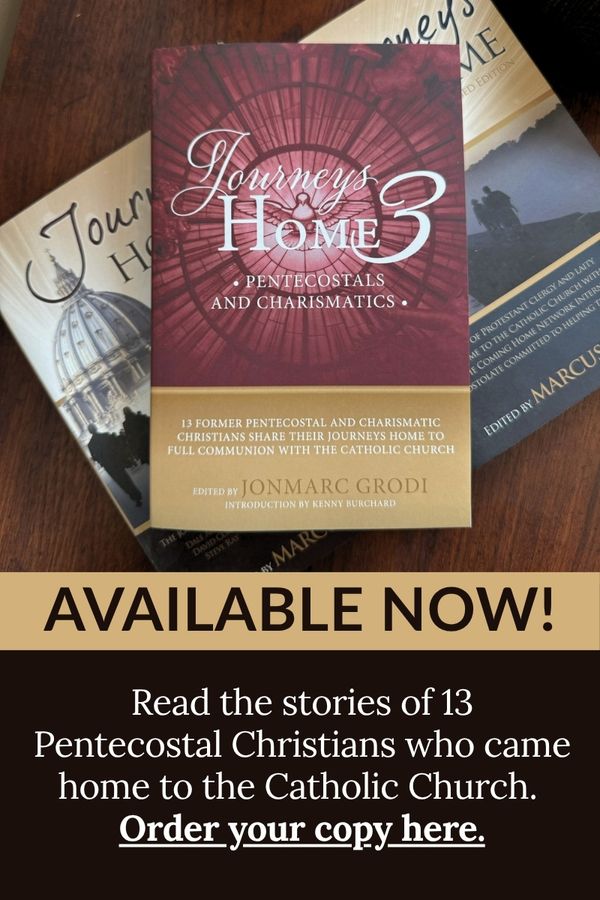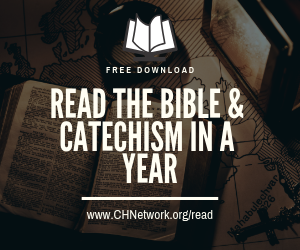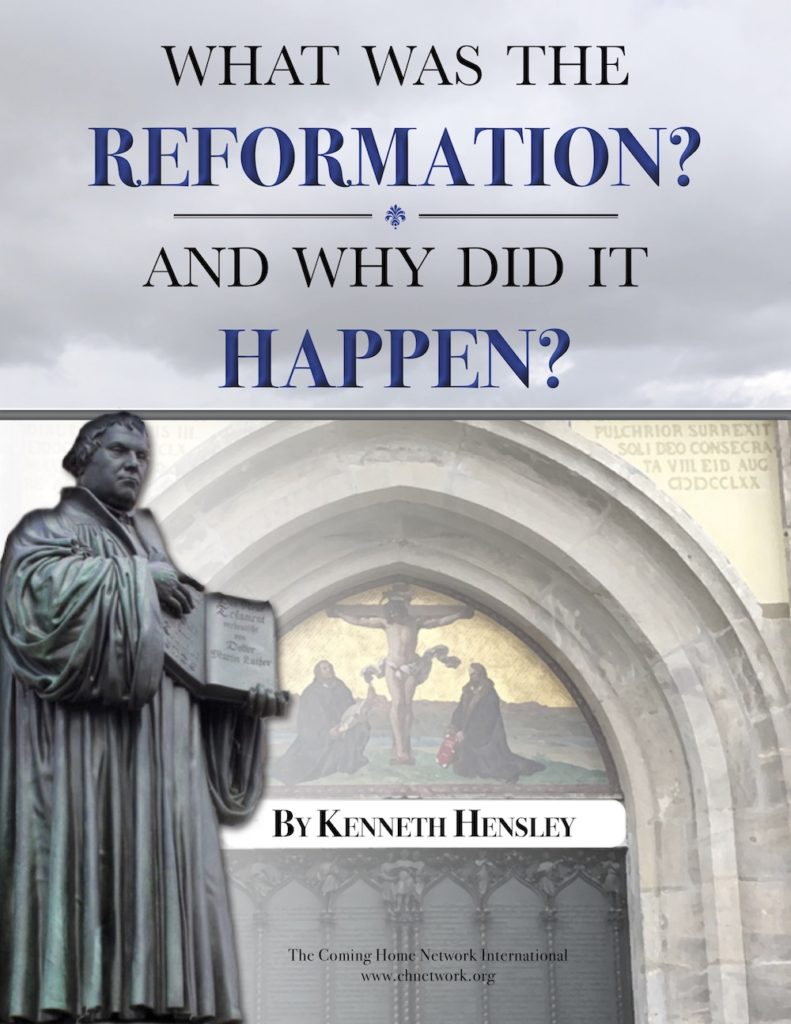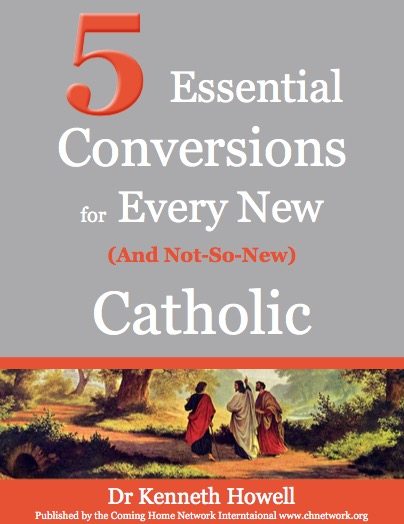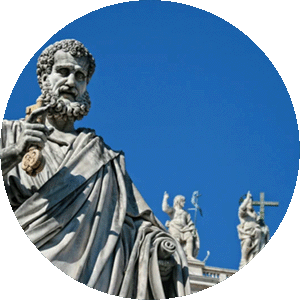
In parishes which have active RCIA (now OCIA*) programs, there is a fascinating moment at Mass on the third, fourth, and fifth Sundays of Lent. The elect—adult candidates for baptism and confirmation (and sometimes those to be received into full communion)—are called forward to undergo what are called the three scrutinies. In the OCIA process, this is the period of purification and enlightenment. The scrutinies follow upon the Gospel readings (from Year A): the Samaritan woman at the well (John 4:5-42), the man born blind (John 9:1-41), and the rising of Lazarus (John 11:1-45). “Their purpose is to deliver the elect from the power of sin and Satan, to help them resist temptations, and to find strength in Christ” (OCIA, para 141).
The theme is deliverance: from thirst, from darkness, from death. We thus learn that catechesis is more than simply knowing what the Church teaches. We must also incorporate the truth into our lives. For the mind to receive the truth, the soul must be pure. And so the elect come forward and kneel or bow, when all the faithful pray for them. Then they receive a prayer of exorcism and the laying on of hands, to cleanse their souls from evil so that the Holy Spirit would enter. The exorcism prayer invokes the three Gospel events – thirsting for the living water, moving from darkness into the light, freedom from the tyranny of death.
The origin of the three scrutinies dates back to the early Church, but these preparatory rites had come to be incorporated into the one rite of baptism itself. It was the Second Vatican Council which called for the restoration of the ancient catechumenate process (including the handing on of the Apostles’ Creed and the Lord’s Prayer after the third and fifth scrutinies). There is abundant testimony to what this journey encompassed.
From the third century, we can see how critical this period of purification was. St. Hippolytus emphasized how important it was for the candidates’ lives to be carefully examined: “If there is one who is not good or is not pure, he should be excluded, because he has not heard the word of faith” (On the Apostolic Tradition, 20). Every day the catechumens would receive the prayer of exorcism. St. Cyril of Jerusalem warned of the grave danger of receiving the sacrament unprepared, invoking the example of Simon Magus (Acts 8:13ff). Submit to the exorcisms devoutly, Cyril taught; it is like gold ore being refined of its impurities (Procatechesis, 2, 9).
St. Cyril’s Catechetical Lectures from the mid-fourth century provide an extraordinary perspective on how carefully the examination of conscience was incorporated into the catechetical process. It is important, because the enemy will attack the soul relentlessly, trying to divert him from the path to Christ. Cyril describes that dramatic moment outside the door to the baptistry at the Church of the Holy Sepulchre in Jerusalem. The candidates would face west, extend their hand and declare, “I renounce you, Satan, and all your works.” Then they would turn to the east, the place of light, and invoke the Blessed Trinity (Mystagogical Lecture, 1).
The custom soon arose of embellishing this renunciation with a “ptui!” – the act of spitting to the west to dismiss the evil one. We don’t usually find spittoons outside the church door, but the metaphor is a good one about telling the devil where to go.
It is worth noting that those baptized Christians who are entering into full communion with the Catholic Church are to be distinguished from the catechumens and are not required to undergo the rite of scrutinies (OCIA, para 477-478). However, it is the whole community of the faithful who come together in these acts of “spiritual recollection,” for the Lord scrutinizes all who follow Him (para 138).
_________________________

